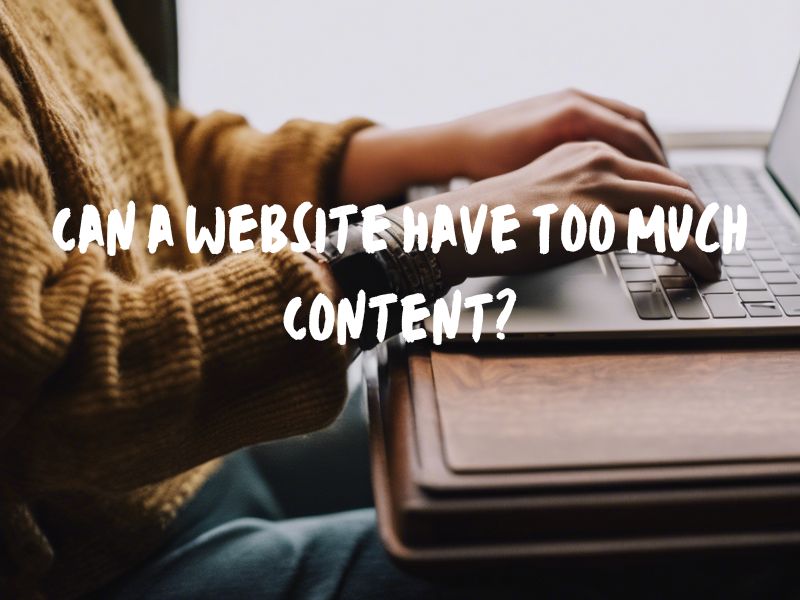Over the better part of the last decade, aha SEO has seen websites of all shapes and sizes. From sites with too little content, to sites for service based industries with thousands of indexed pages that do not touch on transactional, intent, experience, trustworthiness or important keywords.
While Google is constantly updating its algorithm – generally four core updates per year (although sometimes less and sometimes more) – results have actually shown that larger sites with more indexed pages can struggle more compared to their smaller and more organized counterparts.
So why can a website have too much content and what issues can it present? We examine some common issues associated with content cannibalization and duplicate content.
What Is Duplicate Content?
Duplicate content is a widespread issue for millions and millions of websites. Issues with duplicate content exist when multiple pages are optimized for the same, or very similar, keywords.
When unique URLs are targeting the same keyword or very similar keywords, search engine result pages like Google may be confused regarding what page to rank a page for a given query. In some instances search engines can split the equity or value placed on a given page to multiple pages. In some instances, search engines may de-index the page altogether.
What is an Example of Duplicate Content for SEO?
Let’s use a San Diego injury attorney as an example. In this instance, San Diego Law Firm ABC has two pages with unique URLs, unique content and very similar H1s.
San Diego Injury Attorney – /san-diego-injury-attorney/
San Diego Personal Injury Lawyer – /san-diego-personal-injury-lawyer/
In this example, there are two pages for a law firm that target very similar keywords. While inexperienced SEOs may think that this captures exact searcher intent, in reality these two pages are far too similar and should be combined to leverage and maximize their page authority.
In instances where very similar practice area/service pages exist SEOs can greatly benefit their web traffic, link equity and search visibility by combining very similar pages to long form pages to improve user experience and help Google Bots understand the intent of a page.
Splitting Link Equity Between Pages
Backlinks and link equity are important ranking factors in Google. The amount of links from reputable outlets that point to a specific domain or exact URL can and will impact the organic visibility of a given page.
In the event that two – or more – pages are targeting the same keyword, or very similarly tangentially related keywords, SERPs can lower the organic position of a page because it is confused on what page to rank.
If one page has fifteen backlinks and another page has three backlinks, a search engine like Google will likely rank the page with fifteen backlinks higher than the page with three backlinks. 
How Can Content Reorganization Help?
Content reorganization can help in a number of ways. The biggest thing it can do is reorganize pages that target the same or very similar keywords into long form pages.
- Add jump to H2s and H3s to improve UX
- Reframe headers into question form
- Add FAQ schema
- Optimize alt text and file names of images
- Add images as necessary
- Consolidate pages as needed
- Restructure headers
- Use content optimization software
- De-optimize content for certain keywords
- Optimize content for targeted keywords
- Find the sweet spot of optimization with content optimization software
Curious if a business’ website is experiencing duplicate content as a result of too much copy? Contact an experienced SEO company for an audit. Too much content can send confusion to users and search engines. Decluttering and reorganization can do wonders for organic search rankings!
